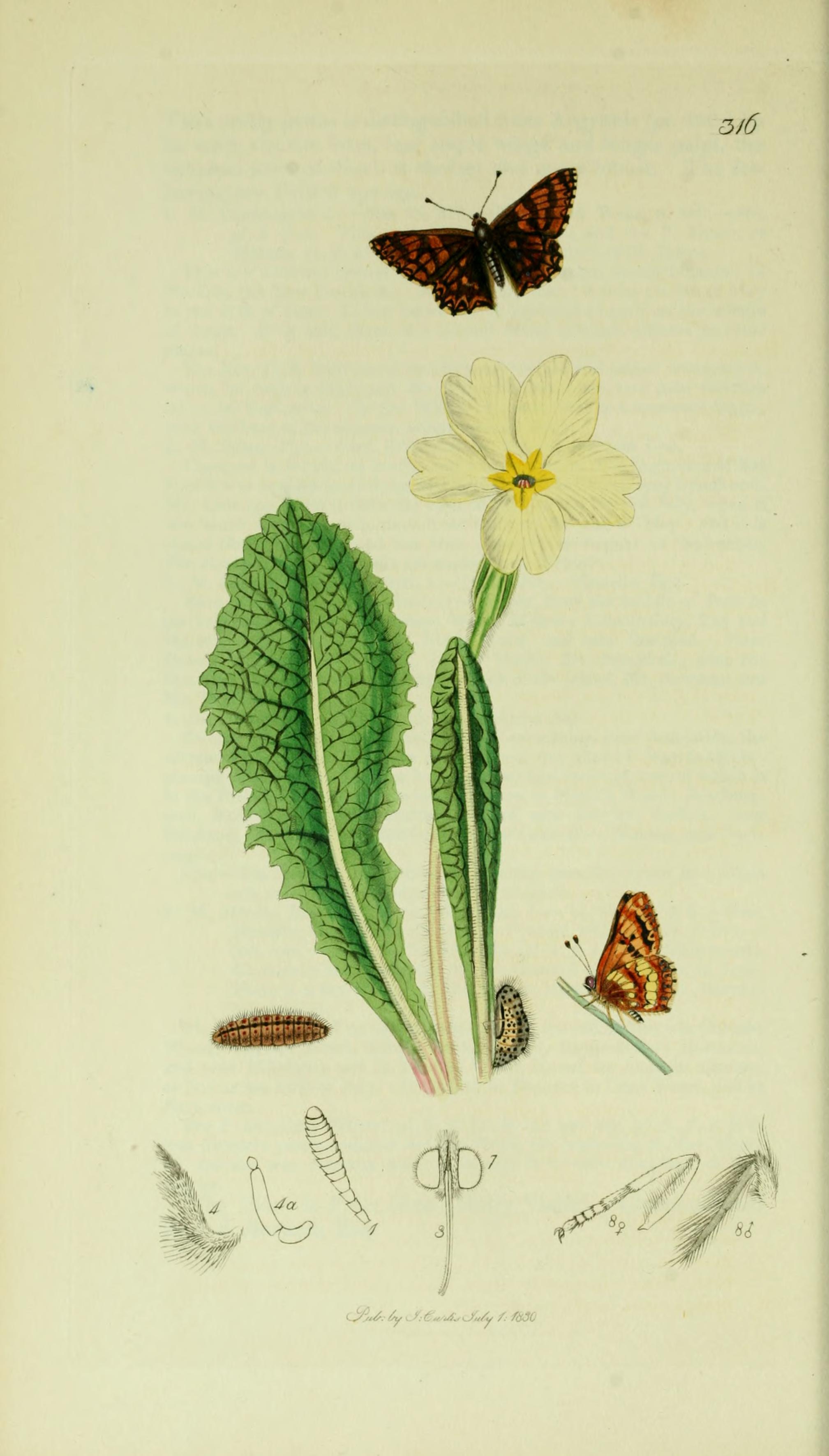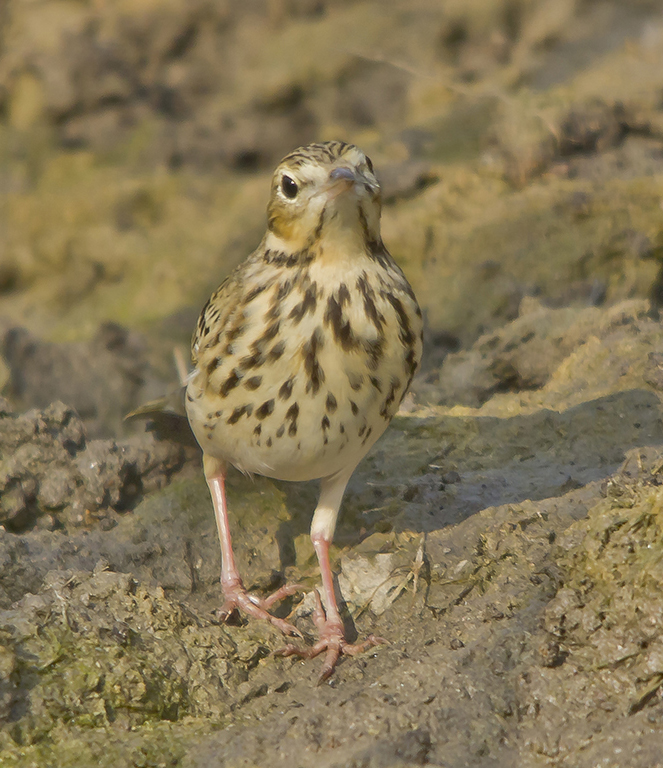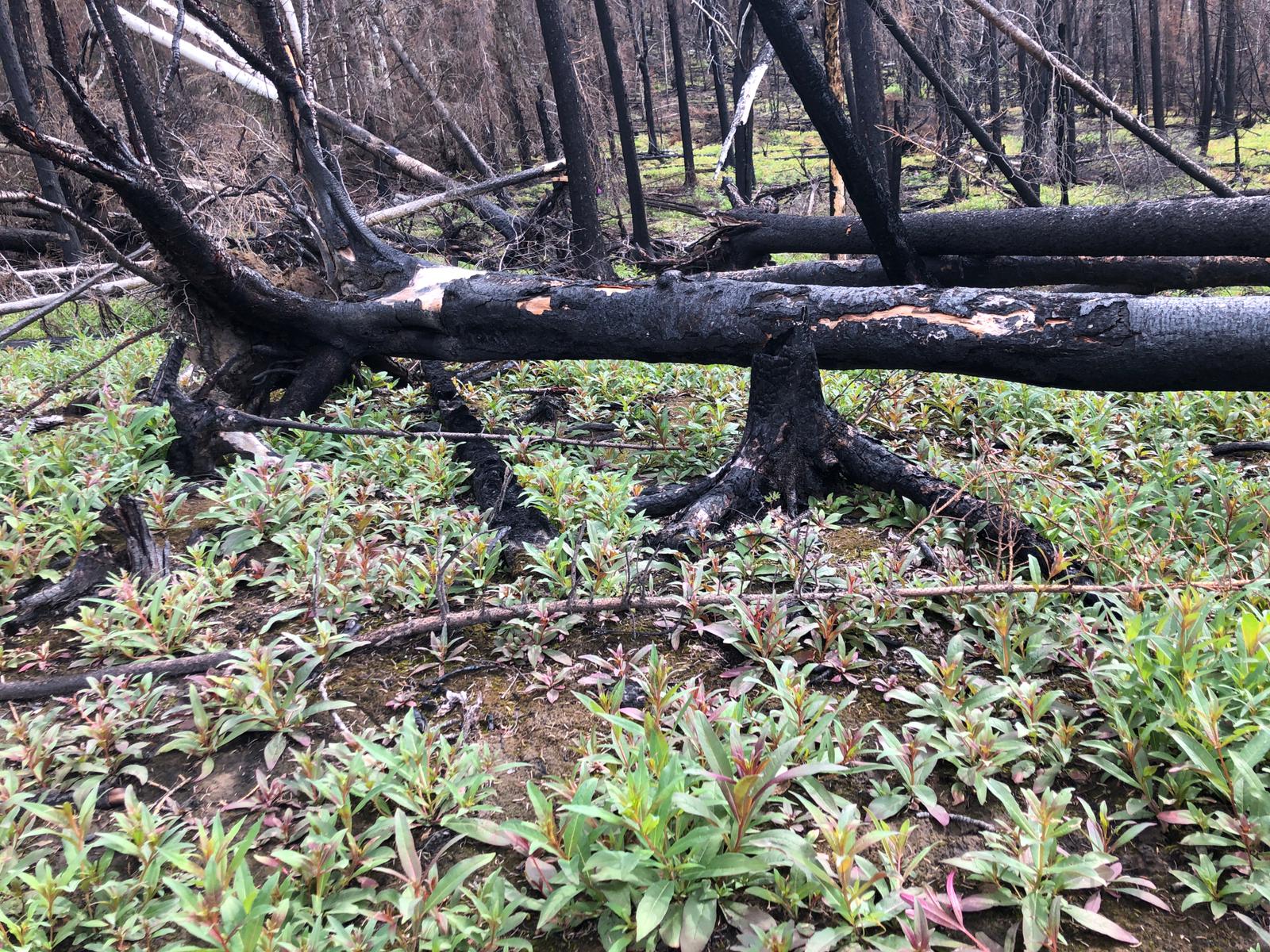|
Cutsdean Quarry
Cutsdean Quarry () is a nature reserve in Gloucestershire, England.Kelham, A, Sanderson, J, Doe, J, Edgeley-Smith, M, et al., 1979, 1990, 2002 editions, 'Nature Reserves of the Gloucestershire Trust for Nature Conservation/Gloucestershire Wildlife Trust' The site is listed in the 'Cotswold District' Local Plan 2001-2011 as a Key Wildlife Site (KWS). The site is managed by the under licence from the Stanway Estate since 1981. [...More Info...] [...Related Items...] OR: [Wikipedia] [Google] [Baidu] |
Gloucestershire
Gloucestershire ( abbreviated Glos) is a county in South West England. The county comprises part of the Cotswold Hills, part of the flat fertile valley of the River Severn and the entire Forest of Dean. The county town is the city of Gloucester and other principal towns and villages include Cheltenham, Cirencester, Kingswood, Bradley Stoke, Stroud, Thornbury, Yate, Tewkesbury, Bishop's Cleeve, Churchdown, Brockworth, Winchcombe, Dursley, Cam, Berkeley, Wotton-under-Edge, Tetbury, Moreton-in-Marsh, Fairford, Lechlade, Northleach, Stow-on-the-Wold, Chipping Campden, Bourton-on-the-Water, Stonehouse, Nailsworth, Minchinhampton, Painswick, Winterbourne, Frampton Cotterell, Coleford, Cinderford, Lydney and Rodborough and Cainscross that are within Stroud's urban area. Gloucestershire borders Herefordshire to the north-west, Worcestershire to the north, Warwickshire to the north-east, Oxfordshire to the east, Wiltshire to the south, Bristol and Somerset ... [...More Info...] [...Related Items...] OR: [Wikipedia] [Google] [Baidu] |
Woolly Thistle
''Cirsium eriophorum'', the woolly thistle, is a herbaceous biennial species of flowering plant in the genus '' Cirsium'' of the family Asteraceae. It is widespread across much of Europe. It is a large biennial plant with sharp spines on the tips of the leaves, and long, woolly hairs on much of the foliage. The flower heads are large and nearly spherical, with spines on the outside and many purple disc florets but no ray florets. Description A tall, biennial plant, ''C. eriophorum'' reaches heights of . The strong, branched stem is densely woolly hairy but has no wings. The stiff leaves are usually pinnate with strong, yellow spines; the lowest leaves are up to long. The leaf margins are rolled over and the underside of the leaf is felted with white hair. The inflorescence is cymose with a few large flowers with a diameter of up to . These are globular and densely covered with woolly hair. They contain many tubular florets, with long purple tubes and purple stamens, each w ... [...More Info...] [...Related Items...] OR: [Wikipedia] [Google] [Baidu] |
Ringlet
The ringlet (''Aphantopus hyperantus'') is a butterfly in the family Nymphalidae. It is only one of the numerous "ringlet" butterflies in the tribe Satyrini. Range The ringlet is a widely distributed species found throughout much of the Palearctic realm. In Europe it is common in most countries but absent from northern Scandinavia, peninsular Italy (found in northern Italy), Portugal, southern and central Spain (found in Cantabrian Mountains and the eastern Pyrenees), the Mediterranean islands and North Africa. In Greece it is found in northern regions (Macedonia, Thessaly). Beyond Europe it is found across much of temperate Asia including Russia, Siberia, Mongolia, China and Korea. Description ''Aphantopus hyperantus'' is a medium-sized butterfly with a wingspan of up to 35 to 42 millimeters. The wing upper and lower sides are solid brown with small, yellowish-rimmed eyespots. The newly emerged ringlet has a velvety appearance and is almost black with a whi ... [...More Info...] [...Related Items...] OR: [Wikipedia] [Google] [Baidu] |
Hamearis Lucina
''Hamearis lucina'', the Duke of Burgundy, the only member of the genus ''Hamearis'', is a European butterfly in the family Riodinidae. For many years, it was known as the "Duke of Burgundy fritillary", because the adult's chequered pattern is strongly reminiscent of "true" fritillaries of the family Nymphalidae. Taxonomy and systematics Riodinidae is currently treated as a distinct family within the superfamily Papilionoidea, but in the past they were held to be the subfamily Riodininae of the Lycaenidae. Earlier, they were considered to be part of the now defunct family "Erycinidae", whose species are divided between this family and the subfamily Libytheinae. The genus ''Hamearis'', described by Jacob Hübner in 1819 is a monotypic genus of uncertain position (''incertae sedis''). Here it is considered part of subfamily Nemeobiinae, tribe Zemerini, within the metalmark butterfly family (Riodinidae). The origin of the common name is not known and the species was once called ... [...More Info...] [...Related Items...] OR: [Wikipedia] [Google] [Baidu] |
European Greenfinch
The European greenfinch or simply the greenfinch (''Chloris chloris'') is a small passerine bird in the finch family Fringillidae. This bird is widespread throughout Europe, North Africa and Southwest Asia. It is mainly resident, but some northernmost populations migrate further south. The greenfinch has also been introduced into Australia, New Zealand, Uruguay, and Argentina. Taxonomy The greenfinch was described by Carl Linnaeus in his landmark 1758 10th edition of ''Systema Naturae'' under the binomial name ''Loxia chloris''. The specific epithet is from ''khloris'', the Ancient Greek name for this bird, from ''khloros'', "green". The finch family, Fringillidae, is divided into two subfamilies, the Carduelinae, containing around 28 genera with 141 species and the Fringillinae containing a single genus, '' Fringilla'', with four species. The finch family are all seed-eaters with stout conical bills. They have similar skull morphologies, nine large primaries, 1 ... [...More Info...] [...Related Items...] OR: [Wikipedia] [Google] [Baidu] |
Tree Pipit
The tree pipit (''Anthus trivialis'') is a small passerine bird which breeds across most of Europe and the Palearctic as far East as the East Siberian Mountains. It is a long-distance migrant moving in winter to Africa and southern Asia. The scientific name is from Latin: ''anthus'' is the name for a small bird of grasslands, and the specific '' trivialis'' means "common". Taxonomy The tree pipit was formally described by the Swedish naturalist Carl Linnaeus in 1758 in the tenth edition of his ''Systema Naturae'' under the binomial name ''Alauda trivialis''. Linnaeus noted that the species occurred in Sweden. The specific epithet ''trivialis'' is Latin meaning "common" or "ordinary" from Latin ''trivium'' meaning "public street". The tree pipit is now placed in the genus ''Anthus'' that was introduced in 1805 by the German naturalist Johann Matthäus Bechstein. Two subspecies are recognised: * ''A. t. trivialis'' (Linnaeus, 1758) – breeds across Europe to southwest Siberia, ... [...More Info...] [...Related Items...] OR: [Wikipedia] [Google] [Baidu] |
Common Whitethroat
The common whitethroat or greater whitethroat (''Curruca communis'') is a common and widespread typical warbler which breeds throughout Europe and across much of temperate western Asia. This small passerine bird is strongly migratory, and winters in tropical Africa, Arabia, and Pakistan. Taxonomy The English ornithologist John Latham described the common whitethroat in 1783 in his ''A General Synopsis of Birds'' but introduced the binomial name ''Sylvia communis'' in the supplement to this work which was published in 1787. The specific ''communis'' is Latin for "common". The common whitethroat is now placed in the genus ''Curruca'' that was introduced by the German naturalist Johann Matthäus Bechstein in 1802. This species may appear to be closely related to the lesser whitethroat, the species having evolved only during the end of the last ice age similar to the willow warbler and chiffchaffs. However, researchers found the presence of a white throat is an unreliable morpho ... [...More Info...] [...Related Items...] OR: [Wikipedia] [Google] [Baidu] |
Linnet
The common linnet (''Linaria cannabina'') is a small passerine bird of the finch family, Fringillidae. It derives its common name and the scientific name, ''Linaria'', from its fondness for hemp seeds and flax seeds—flax being the English name of the plant from which linen is made. Taxonomy In 1758, the Swedish naturalist Carl Linnaeus included the common linnet in the 10th edition of his ''Systema Naturae'' under the binomial name, ''Acanthis cannabina''. The species was formerly placed in the genus ''Carduelis'' but based on the results of a phylogenetic analysis of mitochondrial and nuclear DNA sequences published in 2012, it was moved to the genus ''Linaria'' that had been introduced by the German naturalist Johann Matthäus Bechstein in 1802. The genus name ''linaria'' is the Latin for a linen-weaver, from ''linum'', "flax". The species name ''cannabina'' comes from the Latin for hemp. The English name has a similar root, being derived from Old French ''linette'', fro ... [...More Info...] [...Related Items...] OR: [Wikipedia] [Google] [Baidu] |
Rosebay Willowherb
''Chamaenerion angustifolium'' is a perennial herbaceous flowering plant in the willowherb family Onagraceae. It is known in North America as fireweed, in some parts of Canada as great willowherb, in Britain and Ireland as rosebay willowherb. In the United Kingdom it is also known as bombweed, as a result of its rapid appearance on city bomb sites during the Blitz of World War II; the plant is also traditionally known as Saint Anthony's laurel. It is also known by the synonyms ''Chamerion angustifolium'' and ''Epilobium angustifolium''. It is native throughout the temperate Northern Hemisphere, including large parts of the boreal forests. Description The reddish stems of this herbaceous perennial are usually simple, erect, smooth, high with scattered alternate leaves. The leaves are spirally arranged, entire, narrowly lanceolate, and pinnately veined, the secondary leaf veins anastomosing, joining together to form a continuous marginal vein just inside the leaf margins. ... [...More Info...] [...Related Items...] OR: [Wikipedia] [Google] [Baidu] |
Common Nettle
''Urtica dioica'', often known as common nettle, burn nettle, stinging nettle (although not all plants of this species sting) or nettle leaf, or just a nettle or stinger, is a herbaceous perennial flowering plant in the family Urticaceae. Originally native to Europe, much of temperate Asia and western North Africa, it is now found worldwide, including New Zealand and North America. The species is divided into six subspecies, five of which have many hollow stinging hairs called trichomes on the leaves and stems, which act like hypodermic needles, injecting histamine and other chemicals that produce a stinging sensation upon contact ("contact urticaria", a form of contact dermatitis). The plant has a long history of use as a source for traditional medicine, food, tea, and textile raw material in ancient (such as Saxon) and modern societies. Description ''Urtica dioica'' is a dioecious, herbaceous, perennial plant, tall in the summer and dying down to the ground in winter ... [...More Info...] [...Related Items...] OR: [Wikipedia] [Google] [Baidu] |
Cow Parsley
''Anthriscus sylvestris'', known as cow parsley, wild chervil, wild beaked parsley, Queen Anne's lace or keck, is a herbaceous biennial or short-lived perennial plant in the family Apiaceae (Umbelliferae), genus ''Anthriscus''. It is also sometimes called mother-die (especially in the UK), a name that is also applied to the common hawthorn. It is native to Europe, western Asia and northwestern Africa. It is related to other diverse members of Apiaceae, such as parsley, carrot, hemlock and hogweed. It is often confused with '' Daucus carota'', another member of the Apiaceae also known as "Queen Anne's lace" or "wild carrot". Description Cow parsley is an upright herbaceous (non-woody) perennial, growing to tall. The stems are hollow, striate (striped with parallel, longitudinal lines), furrowed, and green in colour with flushes of purple, with a diameter up to . It has tiny hairs on the stem, rachis, and leaf stalks which are difficult to see but can easily be detected by to ... [...More Info...] [...Related Items...] OR: [Wikipedia] [Google] [Baidu] |
Sambucus
''Sambucus'' is a genus of flowering plants in the family Adoxaceae. The various species are commonly called elder or elderberry. The genus was formerly placed in the honeysuckle family, Caprifoliaceae, but was reclassified as Adoxaceae due to genetic and morphological comparisons to plants in the genus ''Adoxa''. Description The oppositely arranged leaves are pinnate with 5–9 leaflets (or, rarely, 3 or 11). Each leaf is long, and the leaflets have serrated margins. They bear large clusters of small white or cream-colored flowers in late spring; these are followed by clusters of small black, blue-black, or red berries (rarely yellow or white). Color Sambucus fruit is rich in anthocyanidinsColors Derived from Agricultural Products |
.jpg)
_-_Keila.jpg)

.jpg)




